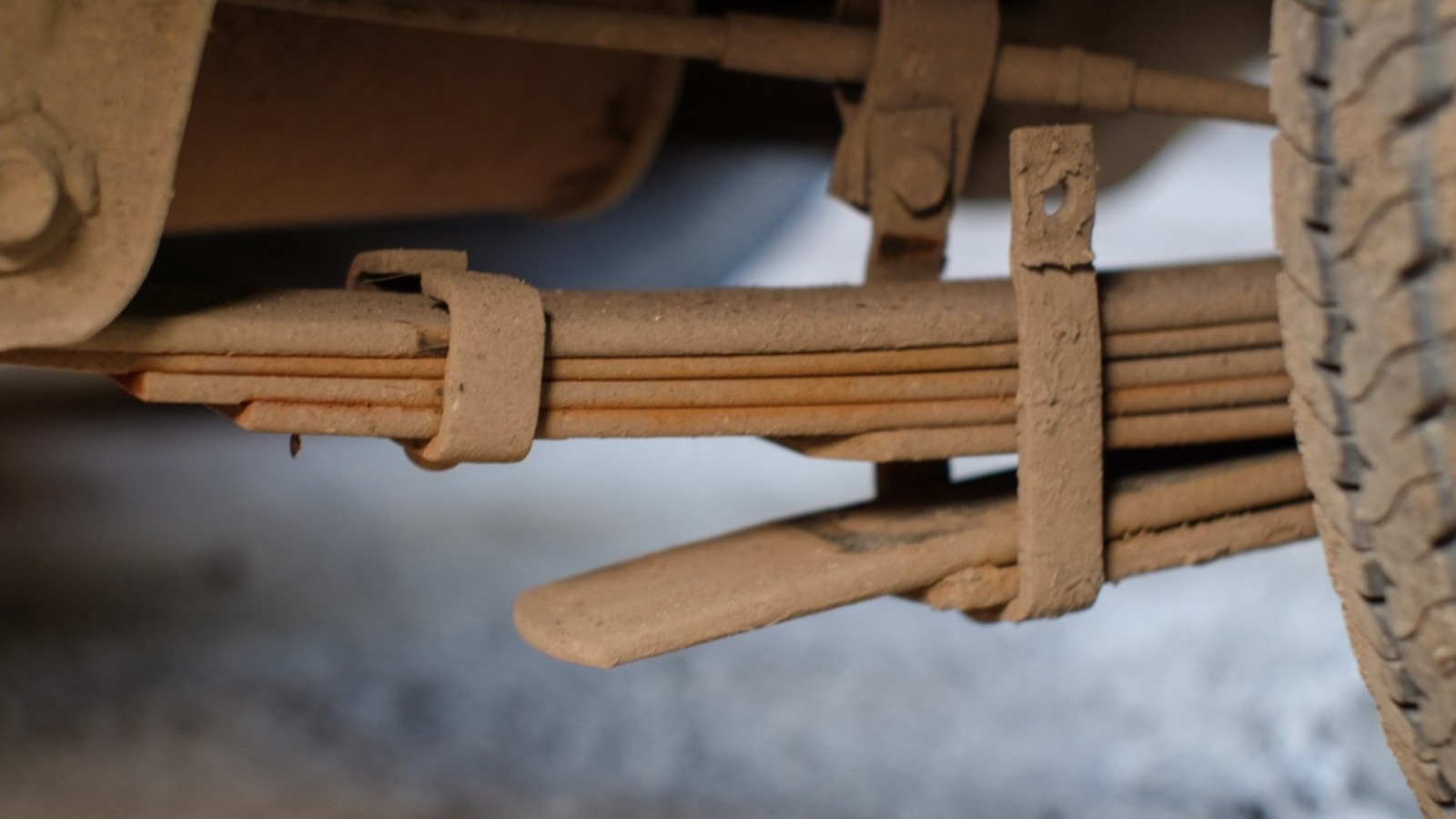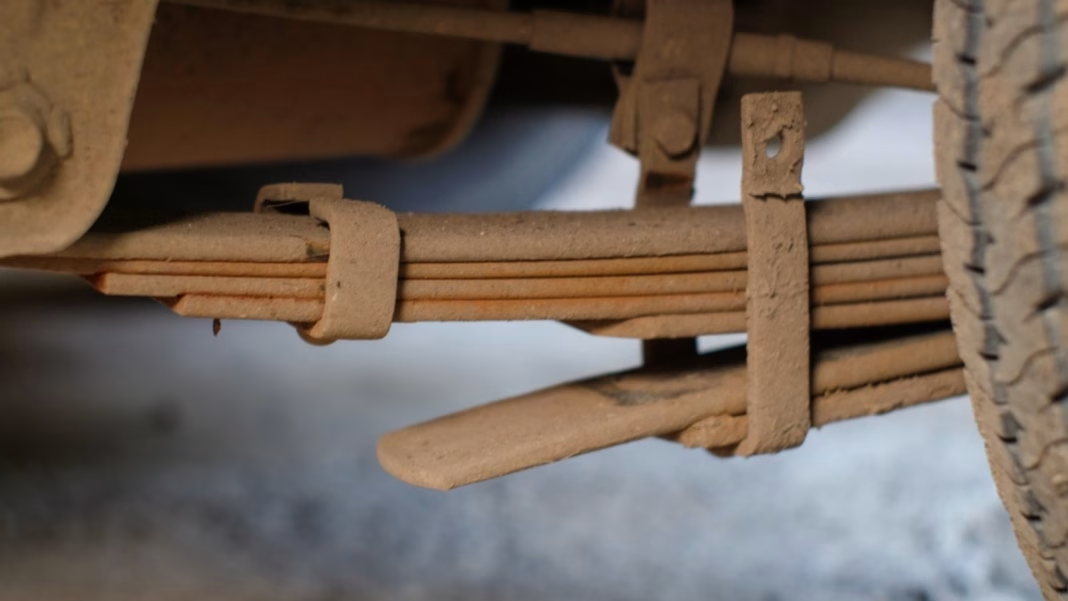Why Are Some Trucks Still Using Leaf Springs in 2025?
You might think that with all the advancements in automotive technology, outdated components like leaf springs would have been left behind. Yet, here we are in 2025, and some trucks are still rolling off the assembly line equipped with these classic suspension systems. So, what gives? Let’s dive into the reasons why leaf springs are still in play and what that means for truck enthusiasts and everyday drivers alike.
What Are Leaf Springs, Anyway?
Before we get into why they’re still around, let’s clarify what leaf springs are. Essentially, they’re a type of suspension system made up of several layers of metal strips (or leaves) stacked on top of each other. This design allows for flexibility and strength, making them great for supporting heavy loads. They’ve been a staple in the automotive world for decades, particularly in trucks and larger vehicles.
Why Do Some Manufacturers Stick with Leaf Springs?
Cost-Effectiveness: One of the primary reasons manufacturers continue to use leaf springs is cost. Leaf springs are relatively inexpensive to produce and install compared to more modern suspension systems like coil springs or air suspension. For budget-conscious truck buyers, this can be a significant factor.
Durability and Load Capacity: Leaf springs are renowned for their ability to handle heavy loads. They provide excellent support for trucks that are often used for towing or carrying heavy cargo. Their robust design means they can withstand the rigors of off-road driving and rough terrain, making them a reliable choice for many commercial applications.
Simplicity of Design: The straightforward design of leaf springs means they’re easier to maintain and repair. In a world where technology can sometimes complicate things, having a simpler system can be a breath of fresh air. Mechanics are generally well-versed in working with leaf springs, which can lead to quicker repairs and lower labor costs.
What About the Downsides?
While leaf springs have their advantages, they’re not without drawbacks. For one, they can lead to a rougher ride compared to modern suspension systems. The rigidity of leaf springs can make for a bumpy experience, especially when the truck is unloaded. Additionally, they can be less effective at handling sharp turns and may not provide the same level of comfort as newer systems.
Innovations in Truck Suspension
Despite the continued use of leaf springs, many manufacturers are also exploring innovative suspension technologies. Air suspension systems, for example, offer adjustable ride heights and improved comfort, making them increasingly popular in luxury trucks and SUVs. These systems can adapt to different loads and driving conditions, providing a smoother ride overall.
However, the trade-off is often a higher price tag and more complex maintenance. For many truck owners, especially those in commercial settings, the reliability and cost-effectiveness of leaf springs still outweigh the benefits of newer technologies.
Real-World Examples
Take a look at some popular truck models still using leaf springs. The Ford F-250 and Ram 2500, for instance, are known for their heavy-duty capabilities and often come equipped with leaf spring suspension. These trucks are designed for work, and their leaf springs help them excel in towing and hauling, making them favorites among contractors and outdoor enthusiasts alike.
What’s the Future for Leaf Springs?
As we move further into the 2020s, it’s likely that we’ll see a gradual shift towards more advanced suspension systems. However, the practicality of leaf springs means they won’t disappear overnight. For many users, especially in industries that rely on heavy-duty vehicles, leaf springs will continue to be a viable option for the foreseeable future.
The big takeaway? Leaf springs aren’t about perfection—they’re about practicality. If you’re in the market for a truck, consider what you need it for. Sometimes, sticking with the tried-and-true can be the smartest choice. Whether you opt for the classic leaf spring or a more modern suspension system, understanding the pros and cons will help you make the best decision for your driving needs.


